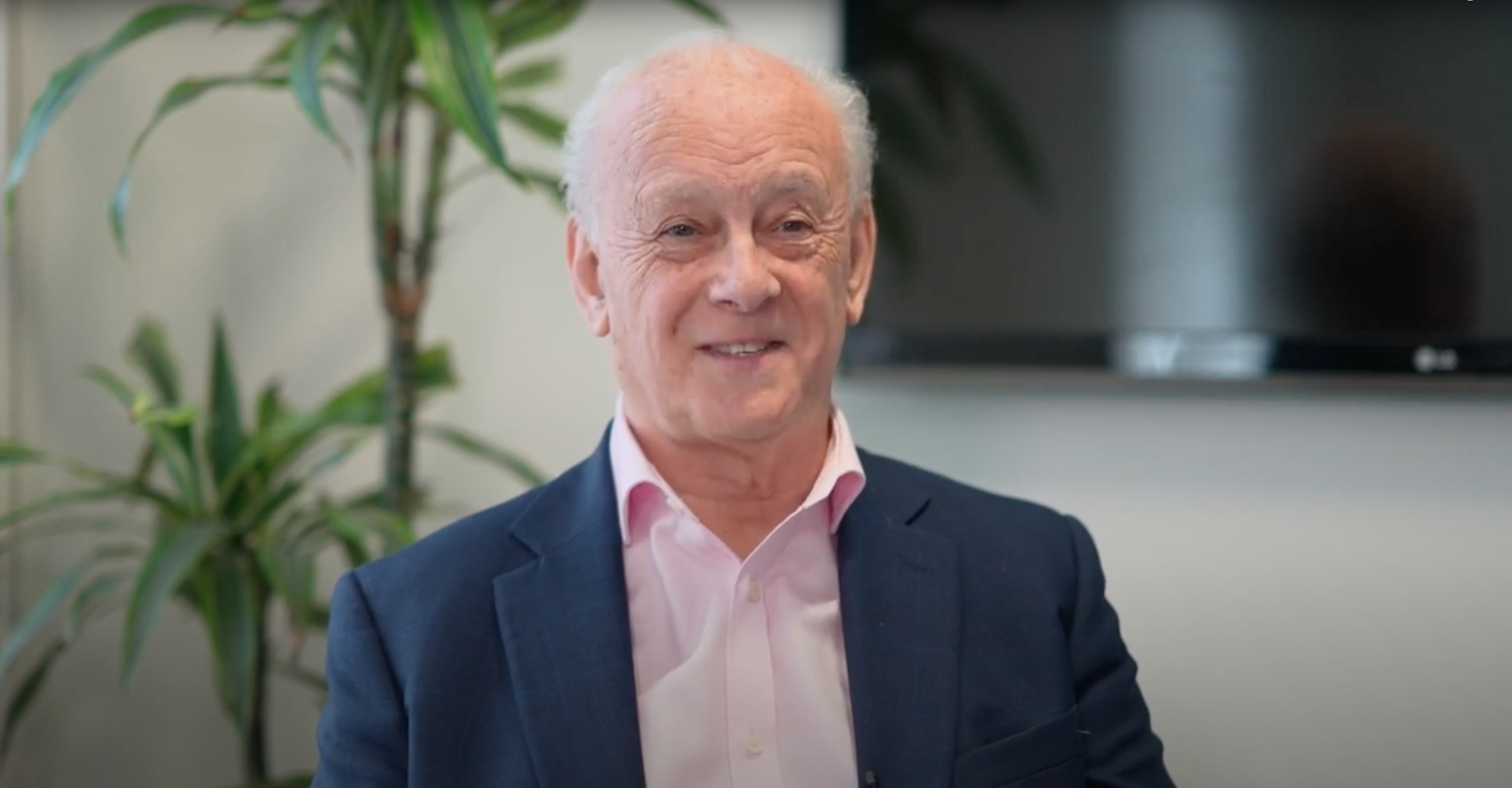The insurance claims advocates’ view
Roger Flaxman is the Chairman of Flaxman Partners, insurance claims advocates, dealing with complex claims and claims that get into dispute.
Here is his thinking as to why now is the time for timber.
I started in the insurance industry, in fact, insuring timber buildings in the 1970’s. Most of this was in Scandinavia and northern Europe, some of it is in America and that was my basic training. Things have moved on in timber building since then. During the 1970’s there was a major change in the law, in this country, which gave rise to a class of insurance called ‘professional indemnity’. I was in at the ground floor of that and was the architect of some of the compulsory insurance schemes which were put together for the Law Society, accountants, architects, chartered surveyors and many others. I have had a career in the insurance industry, London market and overseas, where I have seen humongous numbers of construction related insurances. I’ve seen it from different perspectives, not just from the perspective of the developer, but also from the perspective all the professions. The construction industry is, by definition, a group of 20 or 30 societies, associations, professional bodies – organisations all of whom quite rightly are proud of what they do within their circuit. They are like lots of guilds. They have knowledge, they have got skills, they have professionalism. The problem is that even with all the technology and intercommunication they have, it is very difficult for those different birds, of different feathers, physically to get together and collaborate. It can be done, but it is difficult. All these organisations have different interests.
I have worked for all the professions and certainly all the trade associations in the construction industry. In all my career I have never seen them collaborate in a way that is focused enough to say to the insurance industry, together, ‘this is the way we are going do it’. The insurance industry has to insure these little parties independently, whereas it could sit back and say if you could come together and be a bit more collegiate, it will make it easier to insure them. It is chicken and egg, which party is going to move first! Recently I have been speaking to the Chartered Institute of Building and their view is very much that this is what ought to happen. Our ongoing discussions between them and the RIBA and probably the RICS are, if we can have meaningful discussions about what needs to change. Fundamentally it is two things. Regulations, not to be tighter and supervision has got to be much better, i.e., we have got to bring back the clerk of works and we have got to have a structure of building where it has got to be better from the regulations required, because if an insurer is going to say I will insure you, he has got to satisfy his shareholders that he is making a prudent, underwriting decision. At the moment they can’t make a prudent, underwriting decision to insure something they don’t understand and can’t control.
What changes need to be made to insure structural timber projects?
The insurance industry’s concern about timber is that it burns, but so will everything else at the right temperature, absolutely everything! The point is this that whilst it might burn more readily, if it burns to a cinder, then you have got a clear site and the point about ‘our loss ratio at the moment on steel and glass is 20% and it could be 100%….’ Well, just change your rating mechanism! Just acknowledge that it’s a different dynamic. With all the knowledge we have got, the science, the mathematics, the economists, the actuaries, there is nothing that we can’t, as an industry together, price. We’ve got to have the will to want to do it. If you say to an insurance company, have you got the will to do? Their answer is going to be, even if I have, I can’t afford to within three years because we wouldn’t be able to satisfy our shareholders with the profit!
We can’t make a change and keep profitability at the same time. The tank is too big and that’s why I think what will happen is that something will come out of where we are going, which means that the traditional market will be able to sit back and wait and see how it goes and then they’ll come in and support it when they have had time to wash through their need to sustain their shareholder value.
What is a better model for insurance moving forwards?
One of the things we really need to try to avoid is lots of different insurances applying at the same time, with different wordings, with different cultures that differ. Ideally, we have got to get to an insurance model which is based upon the project, particularly big ones, because it is illogical to have one contract between the client, the developer, all the others and yet dozens of contracts of insurance amongst all the people that have undertaken that they will be insured. What I know, as an insurance practitioner, is that those insurances can be so different, as one between the other, that you could ask yourself what value have they got? Some of them may lapse, some of them may be in breach, they can have insurance, but it doesn’t mean the party holding it isn’t in breach and very often that is what happens – that causes another delay.
Ideally what you want to look at is a way of saying, if we are going to have sustainable building and sustainable insurance you have got to be able to match those two things up front. That means possibly changing the way that the insurance is attached to the building. Somebody is going to be listening and asking is he talking about project insurance? Not as we’ve known it, but, possibly yes, in a new format. That is what I think we have got to articulate. I worked with somebody back in the 1980s/90s who had this vision, but it was too early and he was flattened. It was just too difficult then because we don’t want to go there. It was an American organisation and they got it right, spot on, but there wasn’t the appetite to change from what was, at that time, a flourishing market.



